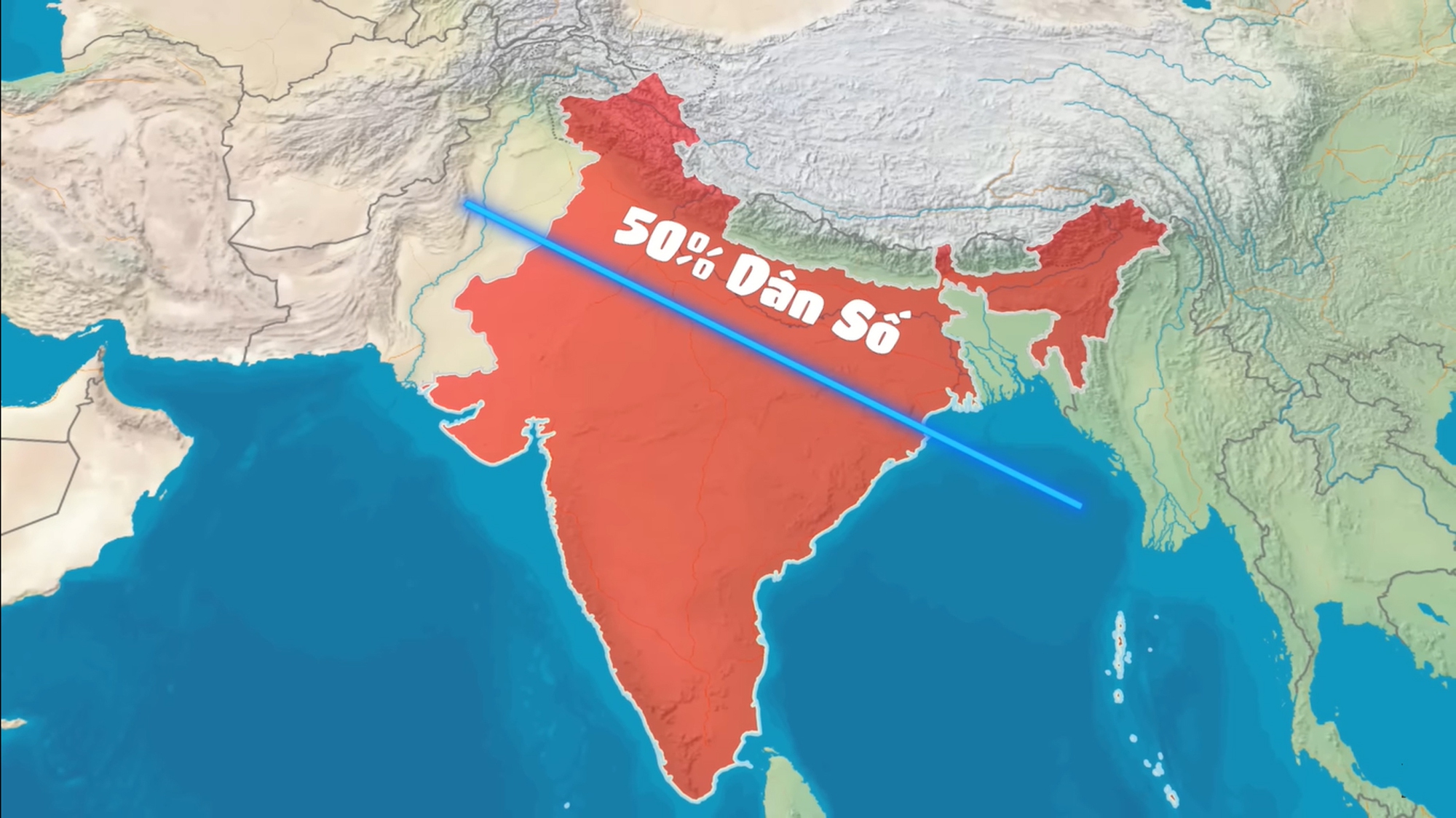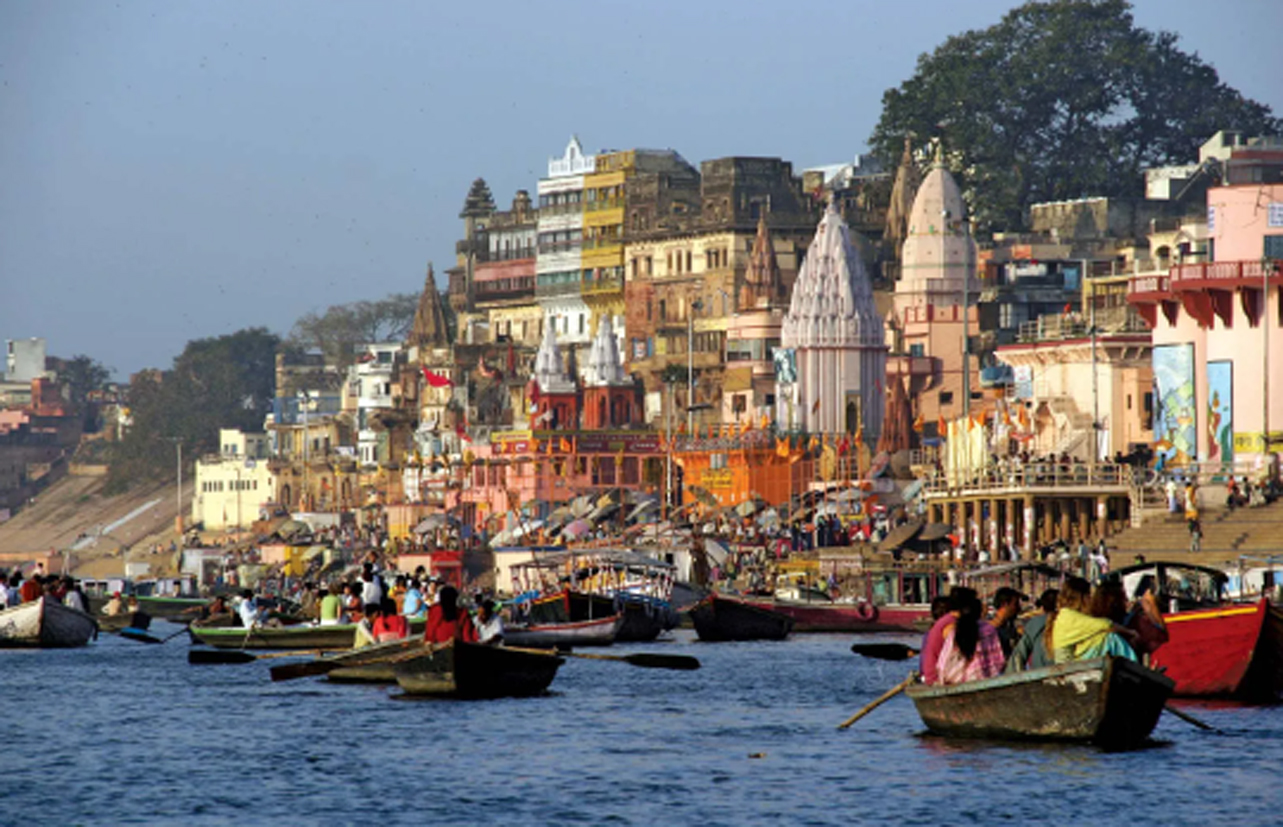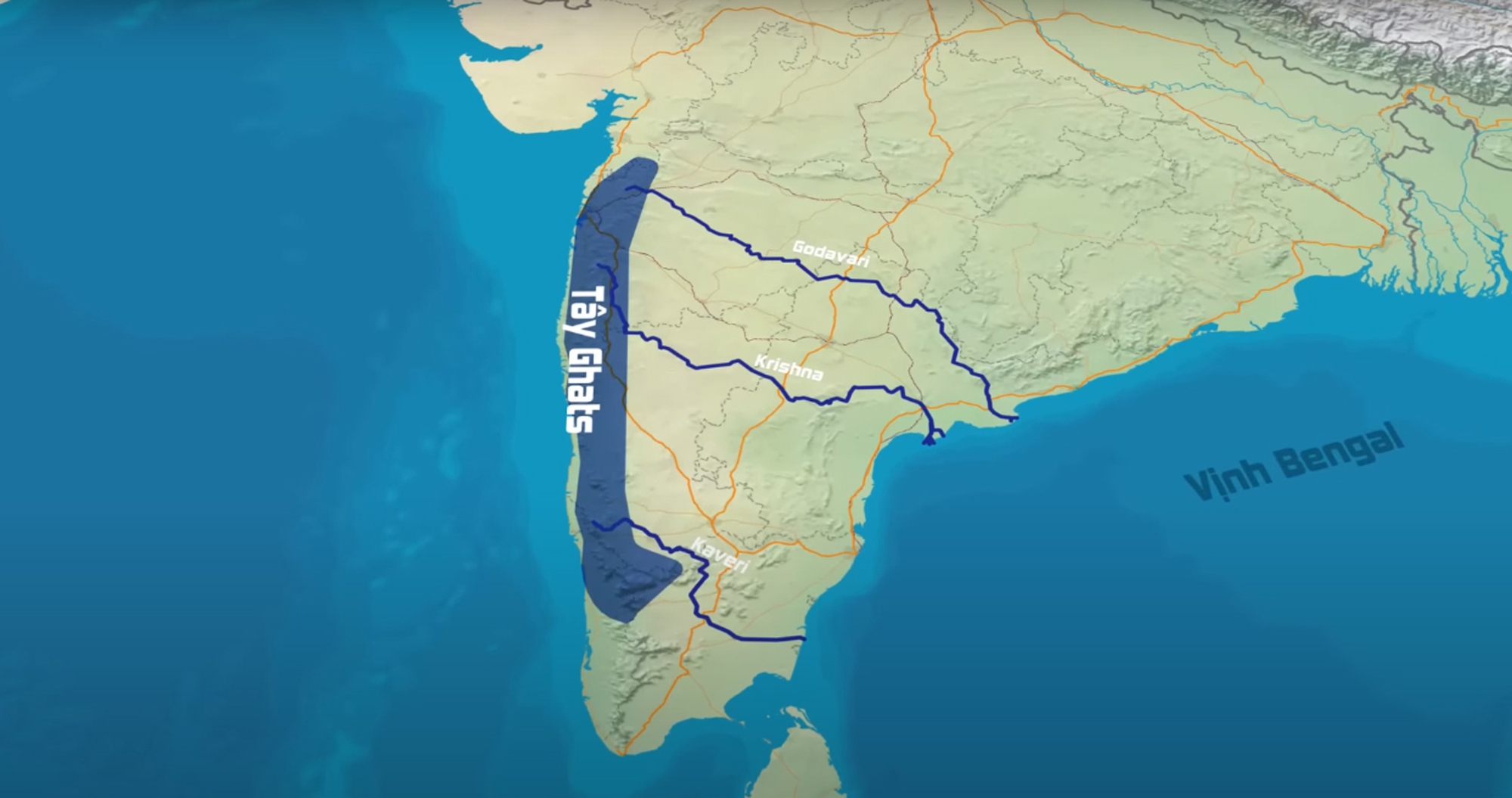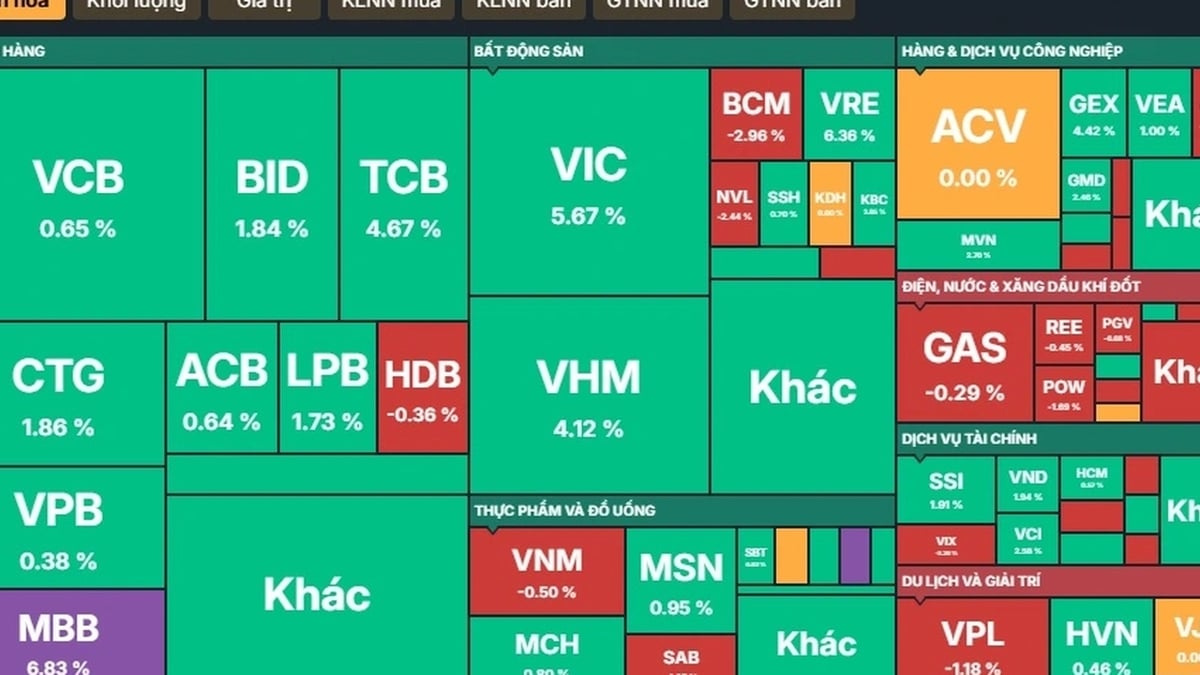Demographic data released by the United Nations Population Fund (UNFPA) on April 19 estimated India's population at 1.4286 billion compared to China's 1.4257 billion.
India will become the world's most populous country, surpassing China by nearly 3 million people by mid-2023, data released by UNFPA showed, according to Aljazeera .
Climate Impact
India is the 7th largest country in the world (3.28 million km2 ), comprising 28 states and 8 union territories. However, the population gap between states in India is huge.

The diagonal divides the northern part, which contains more than 50% of the population.
Uttar Pradesh is the most populous state with 232 million people, while Sikkim in the northeast is the least populous (0.7 million people).
For comparison, Uttar Pradesh has a population equivalent to that of Brazil and Ecuador combined. Bihar has the same population as Mexico (130 million people), Maharashtra has the same population as Japan (125 million people), and West Bengal has the same population as Egypt (107 million people), according to visualcapitalist.com .
More than 700 million Indians live in less than one-third of the northern part of the country (above the diagonal), while the remaining 700 million are spread over the remaining two-thirds in the south.

Varanasi city, Uttar Pradesh state
States like Uttar Pradesh, Bihar, Jharkhand, Punjab, Manipur… in northern India, where the population is concentrated and the population growth rate is among the highest in India. And why do Indians choose to live in these places instead of the southern coast like many other countries?
Historically, the Indian cities known to the West were in the south, such as Mumbai, Bengaluru or Chennai. However, the north is where the population density is the highest.
The first explanation is the impact of climate. Northern India has a huge mountain range from the Hindu Kush to the Himalayas, home to some of the world's highest and most inhospitable mountains, such as Everest (8,849 m).
The Himalayas also have hundreds of mountains that rise more than 7,000 meters above sea level. And of course they are important land barriers, blocking almost all cold, dry winds from the north. In contrast, the Indian mainland south of the two ranges is kept warm and humid all year round, allowing vegetation to thrive and the soil to be fertile.

The three rivers in the south, Godavari, Krishna and Kaveri, all originate in the Western Ghats.
The Himalayas also bring a lot of rainfall to northern India from June to September every year. The major rivers originating from the two major mountain ranges provide abundant fresh water for residents due to the amount of ice stored, second only to the Arctic and Antarctic. The Himalayas alone have up to 15,000 glaciers, storing about 12,000 km3 of fresh water. When these rivers flow through the plains, they always leave behind a large source of alluvium, favorable for cultivation.
In contrast, the south has no agricultural advantage, so the population growth is insignificant. The south is influenced by the Deccan Plateau - a vast land of rocks and hills. On the other hand, the Western Ghats with mountains averaging 2,000 m high block the cold air flow carrying rain from the Indian Ocean, making the Deccan Plateau arid.
The three rivers in the south, Godavari, Krishna and Kaveri, all originate from the Western Ghats and flow through the Deccan Plateau before emptying into the Bay of Bengal. They only carry rainwater and do not have the melting ice of the Himalayas, so the amount of fresh water is much less, affecting irrigation for agriculture. That is also the reason why the population in the south is more scattered and not concentrated in large clusters like the North Indian plains.
Source link


































































































Comment (0)